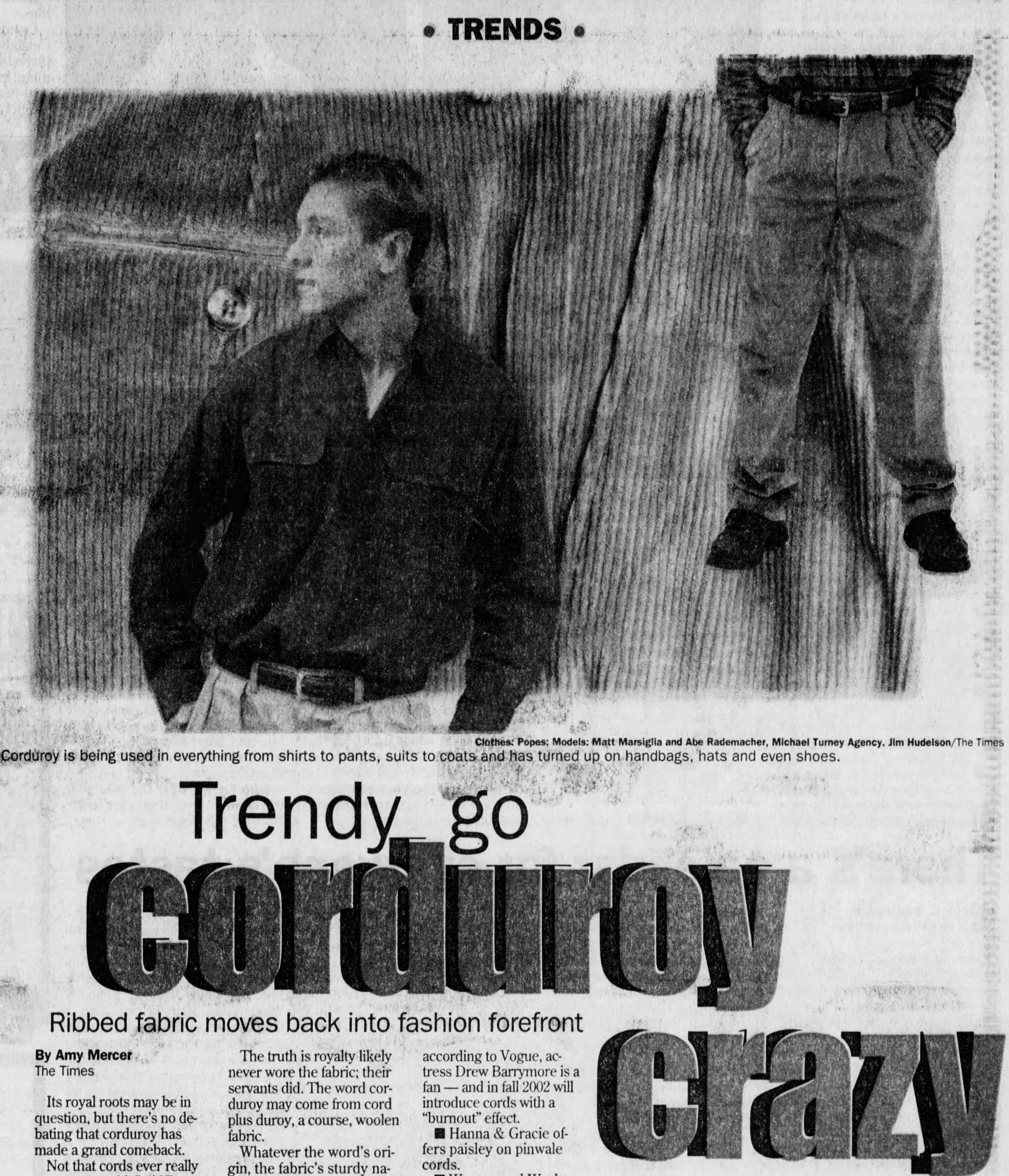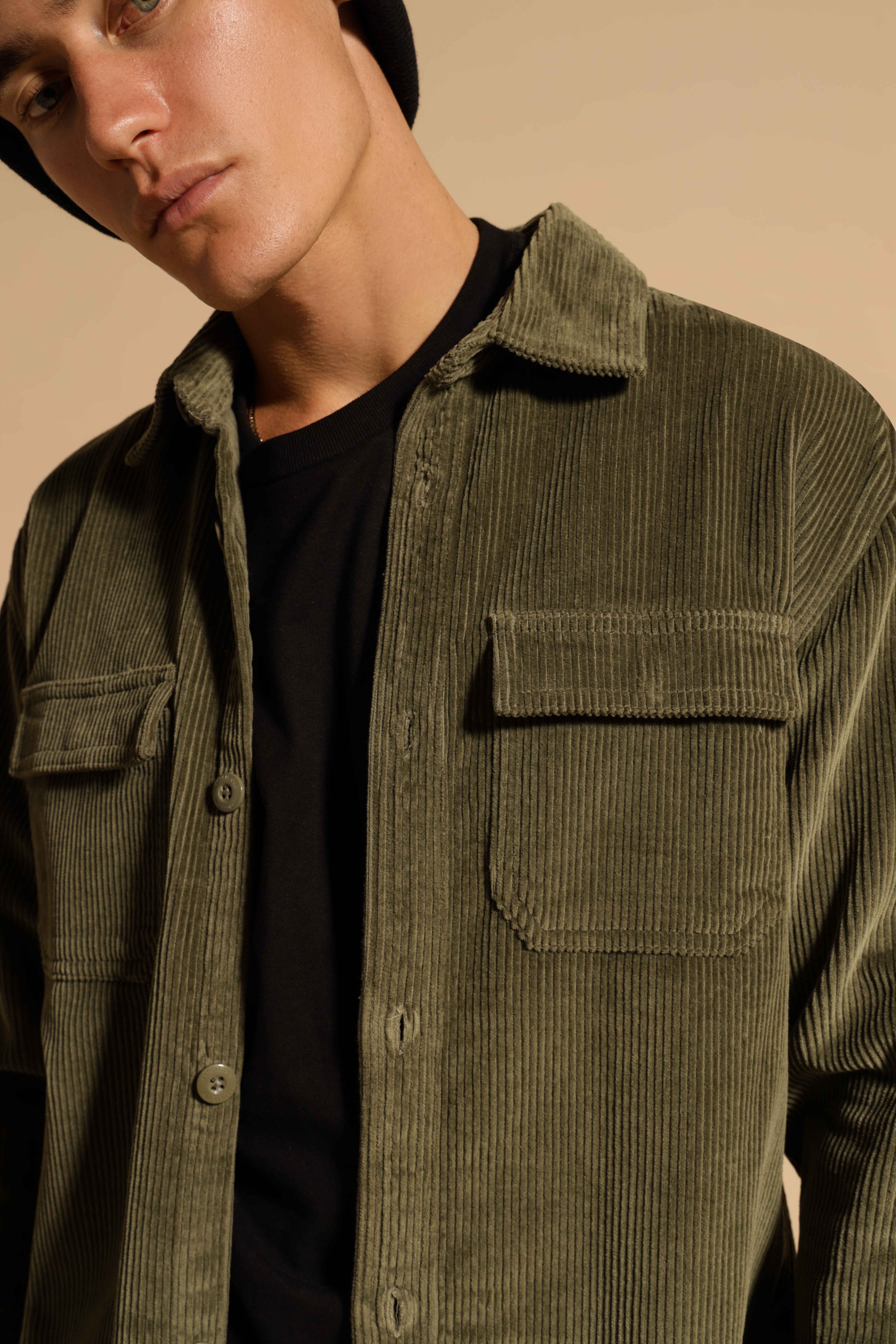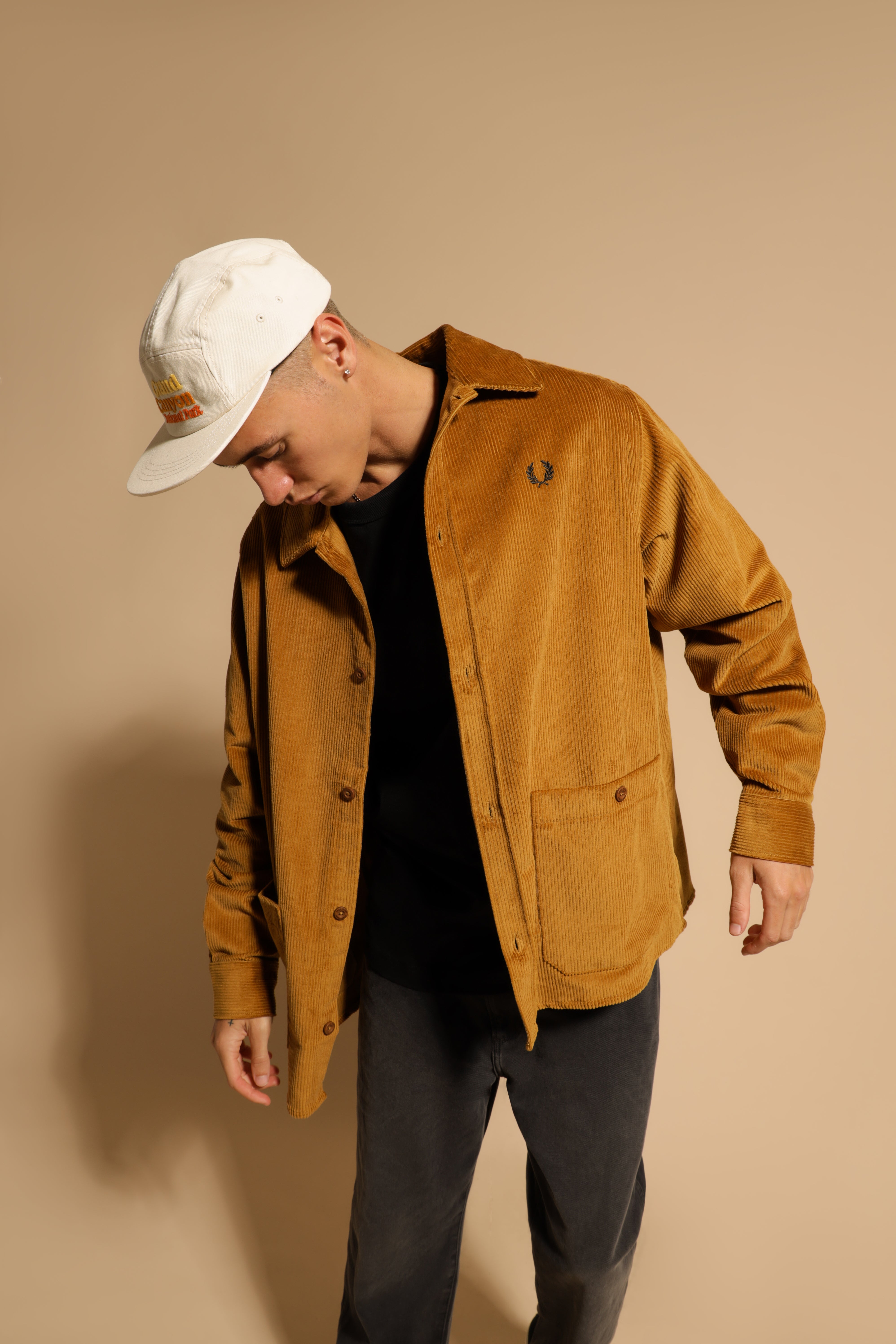The Prince of Fabrics: The Allure of Corduroy in 2022
Corduroy is older than Jesus. In Egypt circa 200 BC a cotton fabric called “fustian” was created, coming to widespread popularity during the Medieval period when merchants began travelling further afield, procuring goods, and taking them back to trade in Europe. Popular among the rich and powerful, even King Henry VIII was said to have favoured it for its warmth. This was corduroy fabric in its ancestral form.
“Cord” refers to the vertical ridges that run along the fabric, known as “wales” – giving it its signature look. “Duroy” is a coarse woollen fabric originating from England. Corduroy as we recognise it today was born in the factories of working-class Manchester in the early 1900s. It would remain in the realm of production lines until it was adopted by beatniks and uni students, presenting a desirable alternative to denim and dress pants. By the 1970s corduroy was as accessible as the humble pair of jeans and hailed from equally working-class origins.

The time-tested appeal of corduroy has long been celebrated, resurfacing as a major trend every couple of decades. In 2002, a newspaper reported, “Its royal roots may be in question, but there’s no debating that corduroy has made a grand comeback.”
A quote attributed by an American periodical in 1994 reads, “It’s amazing. People are coming in like crazy and asking for corduroy slacks and sport coats – even with patches on the sleeves.”
A 1952 clipping hails corduroy, “One of the ‘new faces’ on the fashion scene this season… Although this cotton is a traditional classic, new treatments give it a lease on life.”

You might be most familiar with corduroy in the neutral browns which popularised it in the 1970s, but cord has since spanned the entire rainbow, and continues to be a winter favourite for its warm, yet lightweight feel and velveteen appearance. For a new lease of life in your wardrobe, shop Glue Store’s corduroy edit in
men's new arrivals.



























